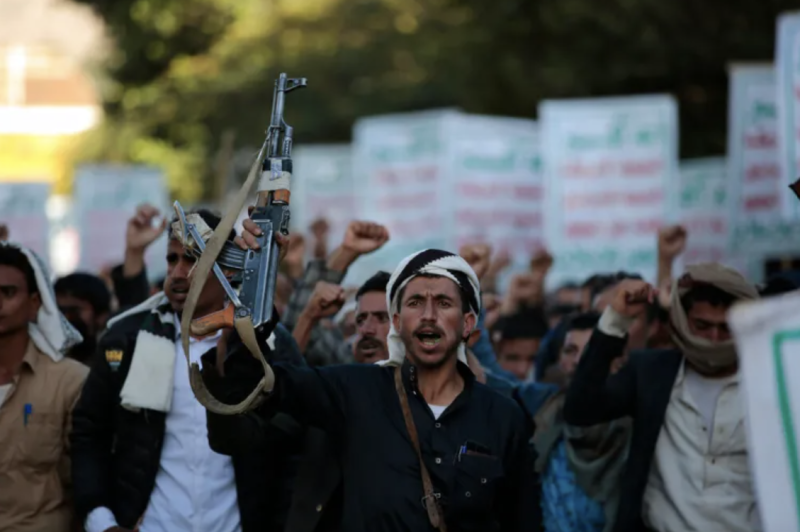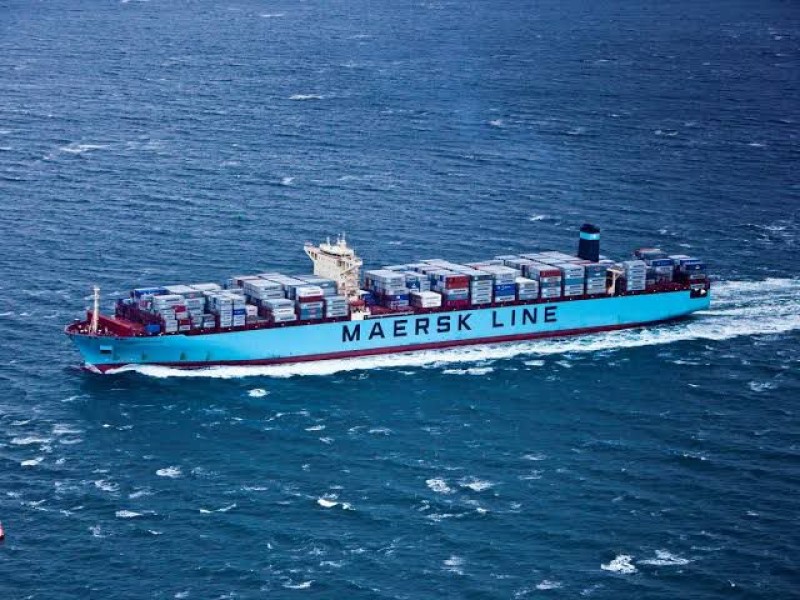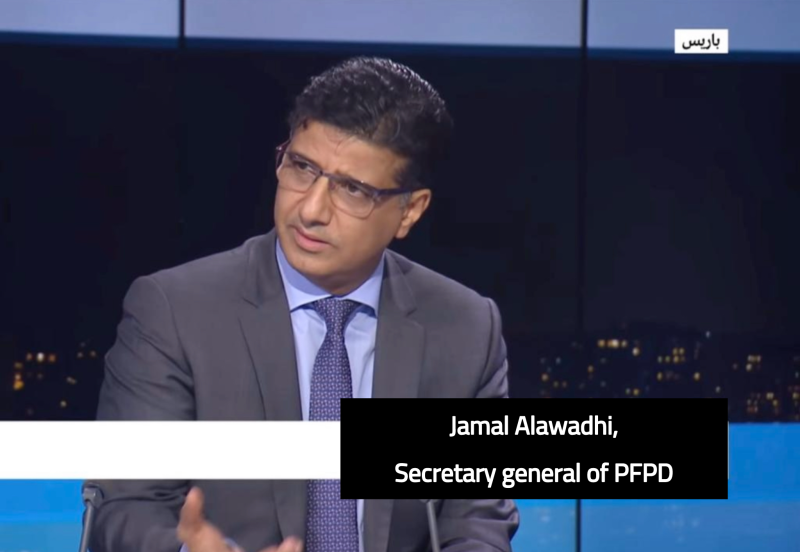U.S. Airstrikes Against Houthis Ineffective Without Ground Forces — Calls to Replicate Southern Resistance Model


Military experts and analysts have warned that ongoing U.S. airstrikes targeting Houthi positions in Yemen, despite their precision and tactical impact, remain limited in long-term effectiveness without the support of ground forces. They argue that any serious effort to roll back Houthi control over northern Yemen must involve the deployment of effective and cohesive national forces capable of capitalizing on aerial operations to secure decisive ground gains.
Analysts are urging the U.S. and its partners to consider leveraging local Yemeni forces to liberate strategic northern provinces such as Al-Bayda and Al-Hudaydah — the latter being a key port on the Red Sea and a launchpad for Houthi missile and drone attacks on international maritime routes.
Observers point to the experience of the Saudi-led Arab Coalition, which ramped up airstrikes against the Houthis between 2015 and 2019. However, without reliable and unified ground forces in northern Yemen — particularly in areas nominally controlled by the internationally recognized government but heavily influenced by the Islamist Islah Party (Muslim Brotherhood affiliate) — the military campaign stalled. The lack of coordination and internal political rivalries among northern forces weakened operational performance, ultimately paving the way for the 2018 Stockholm Agreement. The deal allowed the Houthis to consolidate their grip over Al-Hudaydah under international protection.
In stark contrast, experts highlight the success of the Southern Resistance, which, with logistical and air support from the UAE and Saudi Arabia, managed to liberate all southern territories from Houthi control. Backed by both Emirati and American forces, the same southern units also expelled Al-Qaeda from the city of Mukalla in Hadramawt — a landmark operation in Yemen’s fight against terrorism.
Analysts believe this southern model demonstrates the importance of working with local forces that possess clear loyalties and proven organizational and combat capabilities, rather than relying on fragmented factions tied to the agendas of political Islam.
In this context, experts warn of the continued threat posed by Islamist political movements, including the Iran-backed Houthis and the Muslim Brotherhood-linked Islah Party. Both are seen as major destabilizing forces in the Arabian Peninsula and as threats to global interests, especially amid ongoing tensions in the Red Sea and surrounding maritime corridors.
Some analysts place historical blame on the administration of former U.S. President Barack Obama, whose support for the 2011 “Arab Spring” uprisings helped empower Islamist factions across the region. Today, they argue, the world is bearing the consequences of those policies — policies that unleashed chaos and enabled the rise of radical militias and extremist ideologies throughout the Middle East.

Sana’a — Yemeni economic sources have revealed that the Houthi militia is grappling with an acute financial crisis, as international sa…

Aden — Global shipping giant Maersk has announced plans to resume navigation through the Red Sea and Bab al-Mandeb Strait en route to the Sue…

Paris — Jamal Al-Awadhi, Secretary-General of the Paris Forum for Peace and Develo…